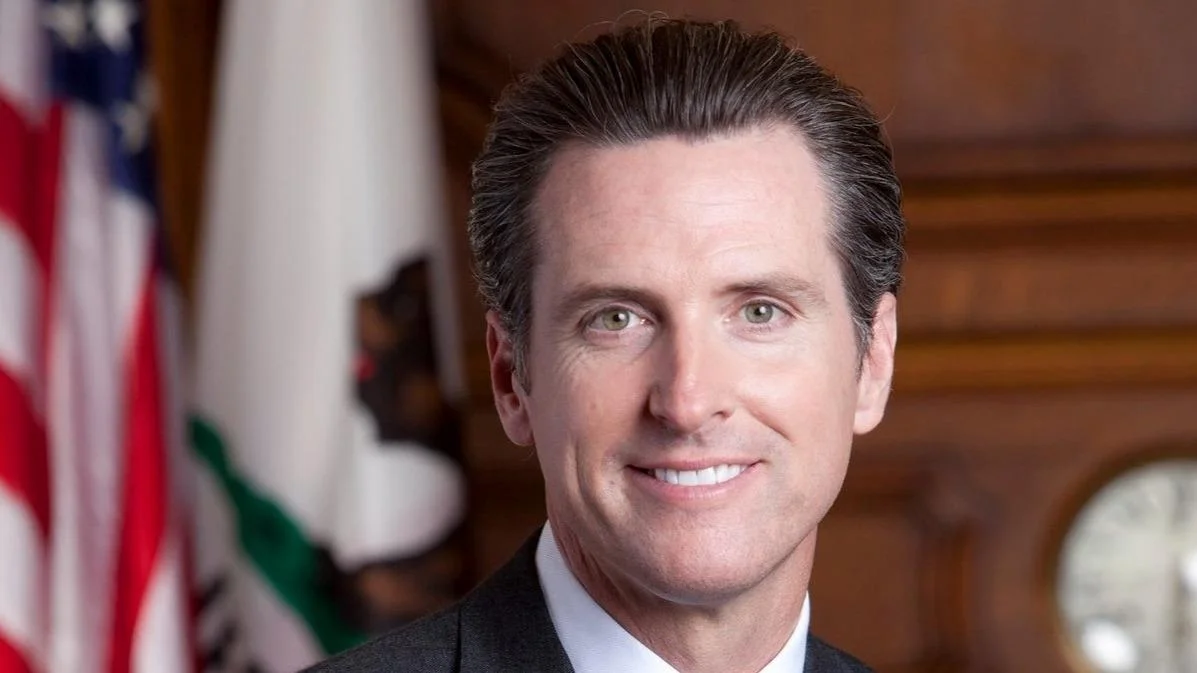
Gavin Newsom, Governor of California | Official website
In Sacramento, California, Governor Gavin Newsom has announced the findings of a new report showing that participants in the state’s community reentry programs are significantly less likely to reoffend after leaving incarceration. According to data from the California Department of Corrections and Rehabilitation (CDCR), men who took part in these programs were 34% less likely to reoffend than those who did not participate, while women saw a 44% reduction.
The report analyzed recidivism rates among individuals released from state facilities. For those participating in CDCR’s community reentry programs—also called enhanced alternative custody programs—more than 80% of women and 74% of men did not recidivate after release. This compares with rates of 67% for women and 59.7% for men who did not participate.
Governor Newsom commented on the findings: “We believe in second chances and rehabilitation, not in spite of their effect on public safety, but because of their effect on public safety – the data clearly demonstrates that smart reentry programs are integral components of public safety. Our communities are safer when incarcerated individuals have the opportunities to transition back into the community and become productive members of our society.”
CDCR recently opened its thirteenth community reentry program facility in Fresno. CDCR Secretary Jeff Macomber stated, “Expanding community reentry opportunities is central to CDCR’s mission of public safety and rehabilitation,” adding, “This new Fresno facility will help more individuals return home with the tools they need to thrive.”
These voluntary, evidence-based programs serve eligible people with two years or less remaining on their sentences. Participants finish their sentences under specialized supervision at secure, community-based sites where they can access substance use disorder treatment, employment readiness training, education services, health care connections, and family reunification support.
A Stanford Public Policy study published in 2021 found that longer participation further reduces recidivism; individuals enrolled for at least nine months were 13% less likely to be rearrested.
The male-focused program began in 2015 and currently operates seven locations with about 700 participants. The female-focused version launched a year earlier across six sites serving roughly 400 participants.
Research suggests financial benefits as well; every dollar spent on rehabilitation saves more than four dollars otherwise spent on reincarceration costs. Nationally, correctional education program participation reduces return-to-prison rates by 43%. Additionally, surveys indicate most crime survivor groups prefer sentencing approaches that include accountability measures alongside programming aimed at preventing future offenses.
California is also undertaking major changes at San Quentin State Prison by transforming it into “San Quentin Rehabilitation Center.” This project draws inspiration from international models such as Norway’s correctional system—which reports one of the world’s lowest recidivism rates—and aims to incorporate similar best practices for reintegration.
Since 2019, California has allocated $1.7 billion toward efforts intended to fight crime and improve public safety across local governments statewide (https://www.gov.ca.gov/2023/10/03/public-safety-plan-governor-newsom-announces-new-actions-to-fight-crime-and-keep-californians-safe/). In addition to increasing funding for law enforcement hiring initiatives and expanding proactive operations against organized retail crime (https://www.gov.ca.gov/2023/10/03/public-safety-plan-governor-newsom-announces-new-actions-to-fight-crime-and-keep-californians-safe/), recent measures include special operations targeting criminal activity throughout California.
 Alerts Sign-up
Alerts Sign-up